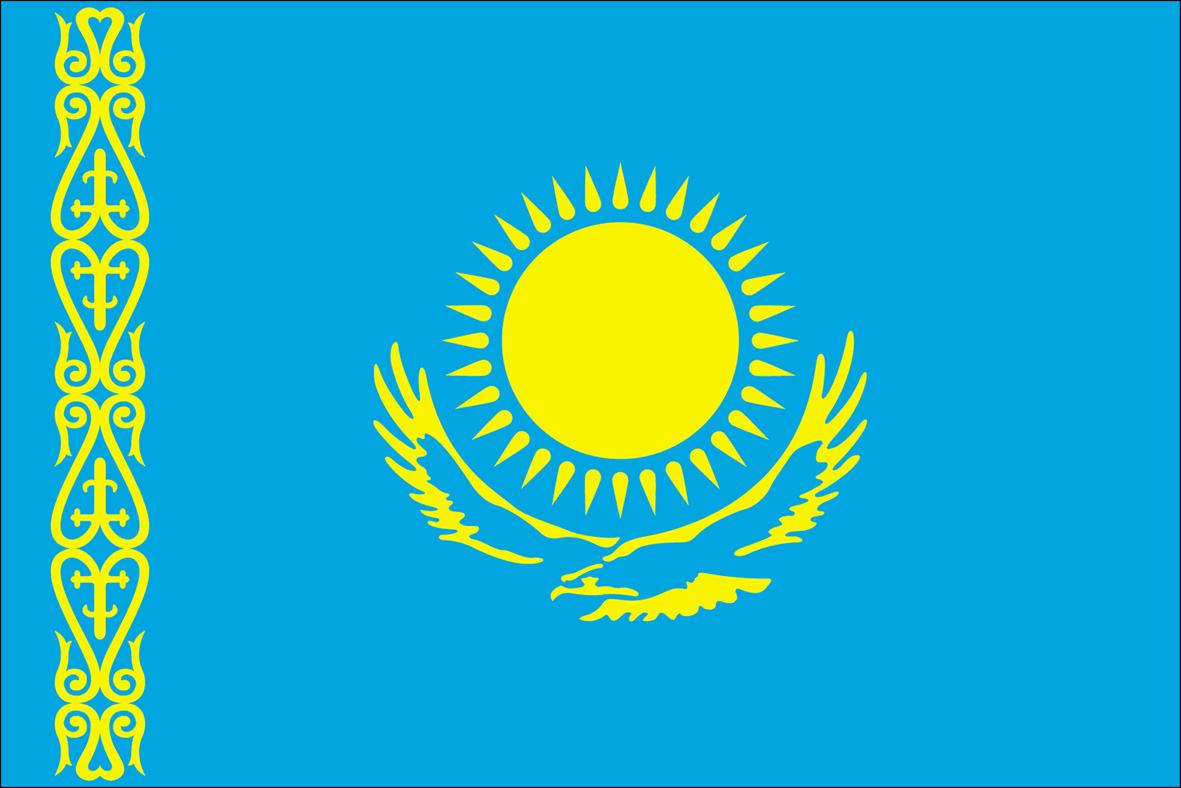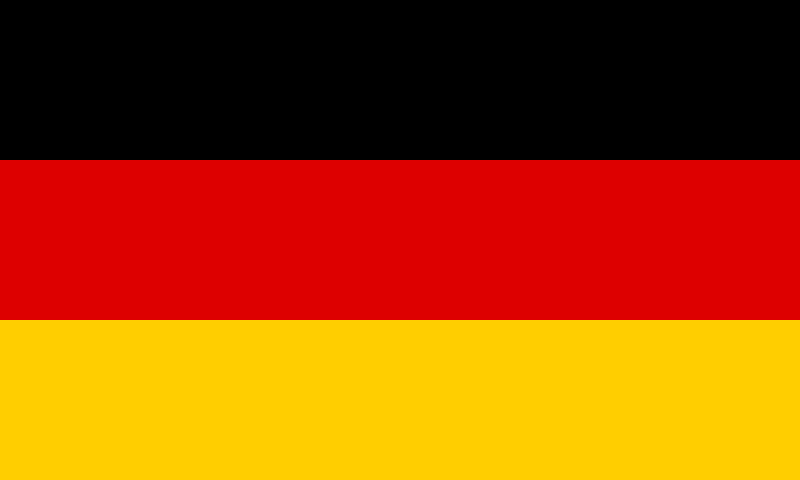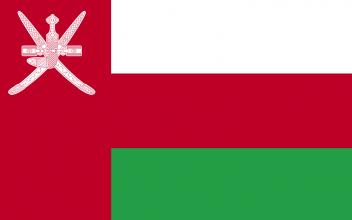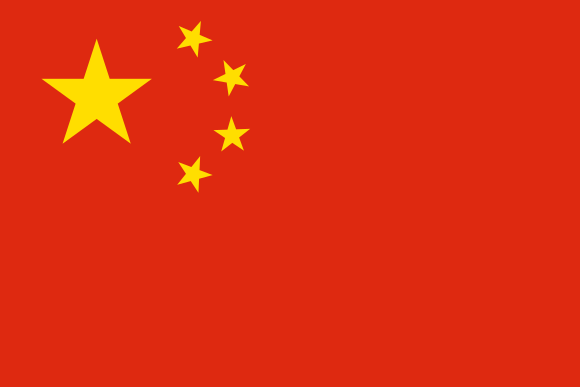Fuxi and Nüwa
© The National Museum of KoreaThis painting was discovered at the Astana Graves, which was the main burial site for aristocrats of the Turpan region from the 3rd - 8th centuries. The two conjoined figures are Fuxi and Nuwa, a brother and sister who, according to a Chinese foundation myth, were the only survivors of a great flood. Charged with repopulating the world, Fuxi and Nuwa created vast numbers of clay figures, which they were able to bring to life with some divine assistance. The Turpan area was introduced to Chinese Han culture in its early history, so burial objects discovered in the region often display a strong Chinese influence. In this painting the subject matter may be Chinese but the faces of Fuxi and Nüwa have the features of Central Asian people. The iconic figures are outlined with clear brush strokes and colored with thick red and white pigments. They are depicted with human upper bodies, but their lower bodies are serpentine. They are holding a compass and a ruler (respectively), which are symbols related to the traditional Chinese understanding of the universe, in which Heaven is round and the Earth is square. Behind them are the sun, the moon, and various constellations, as a microcosm of the universe. The painting has several tiny holes along the edges, which are probably nail holes from when it was tacked onto a ceiling. The painting lacks details, but the vivid colors and balanced composition make it a notable piece of art, while the subject matter makes it a valuable archeological artifact.
Materials: Hemp
Measurements: Width 79.0 cm Length 189.0 cm
Where it was made: Astana, Turpan, Xinjiang, China
Function: Painting hung on the ceiling of a tomb chamber
Acquisition: The object was first found by the Otani(大谷) expedition team, which consisted of Japanese monks and later acquisitioned by Mr. Fusanosuke Kuhara who donated it to the museum of the Japanese colonial government, the predecessor of the National Museum of Korea in 1916.





